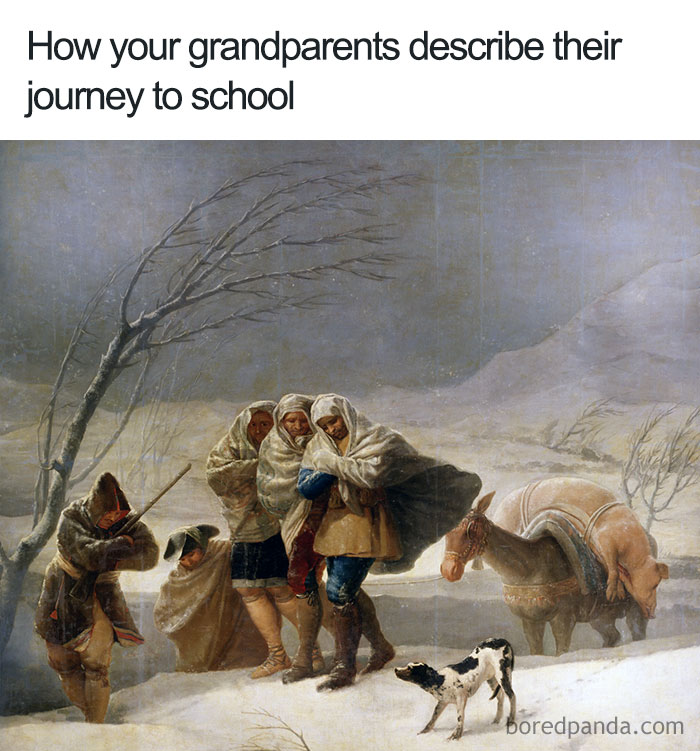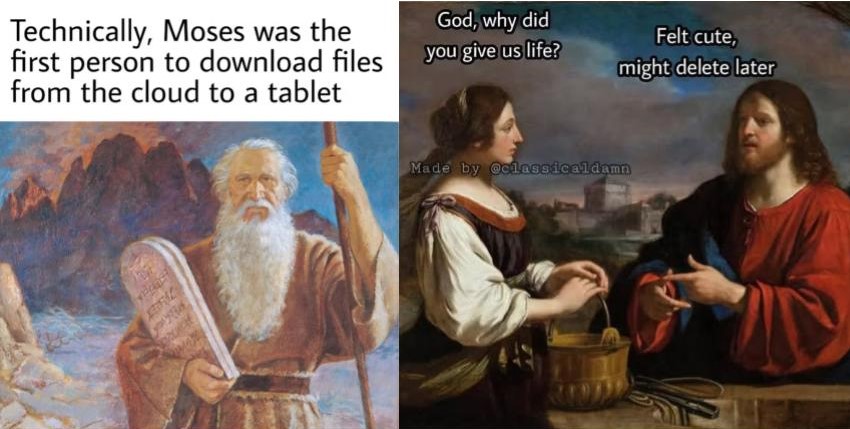Why do you take yourself so seriously? Memes make you chuckle, so why not? Memes are similar to inside jokes on the internet; they are amusing images, videos, or text circulating quickly across online communities. Memes are a cultural expression that usually references pop culture, trends, or current affairs. Memes, which have evolved from the iconic “Grumpy Cat” to popular films like “Charlie Bit My Finger,” have become an integral aspect of internet culture, influencing how people interact and exchange ideas. Which meme is your favourite?
Memes are special in modern culture because they capture the swift advancement of communication and the social impact of the internet and social settings. Memes are a cultural currency that people use to communicate ideas, feelings, and experiences in a clear, funny, and short manner. By offering a common language that cuts beyond linguistic and cultural divides, they help internet users feel more connected to one another globally.
Memes frequently serve as a platform for social and political commentary, giving people an easy-to-read way to remark on current affairs, social mores, and cultural phenomena. They can offer different viewpoints on complex subjects and refute popular narratives. Memes can travel quickly across the internet and gain much attention quickly. Their virality can amplify their impact, altering public opinion and shaping public conversation.

Those with similar interests and senses of humour can develop an understanding of identity and belonging by engaging in meme culture. Memes frequently reference specialised interests, fandoms, and subcultures, fostering a sense of community among users. Digital literacy, which includes knowledge of online culture, irony, and intertextuality, is necessary to interact with memes. Memes can act as informal education, assisting people in acquiring media literacy and critical thinking abilities in the digital age.
Because of their transient nature, memes enjoy brief periods of success before falling into obscurity. Their fleeting nature makes them even more appealing, motivating people to be up-to-date and involved with internet culture in real-time. To target younger audiences, memes have become more and more appropriate for use by mainstream media, advertisers, and marketers. Although this commercialization may lessen the genuineness of meme culture, it also shows how internet phenomena are beginning to have an increasing impact on traditional media and advertising.
Art Memes
Art memes are an exciting subculture of online culture that combines inventiveness, humour, and admiration of art. Art memes increase art’s relatability and accessibility to a broader audience. They frequently combine pop culture references or modern humour with well-known artworks or art historical allusions, dismantling preconceived notions about what it takes to understand and appreciate art.
Learning about famous works of art, creative movements, and art history can be entertaining and exciting when you use art memes. Adding well-known meme formats or online jokes to artistic aspects promotes interest in and investigation of the art world. Art memes have the same potential to comment on society and culture as other memes. They might parody current art techniques and trends, question established creative hierarchies, or question conventional art ideas.

Art memes help internet users and art fans feel more connected to one another. People who enjoy art and internet comedy can connect through sharing and making art memes, which promotes a sense of community and belonging. Memes inspired by art promote originality and creativity. They encourage people to reinvent, remix, and rethink well-known art pieces in fresh and surprising ways, demonstrating the limitless opportunities for artistic expression in the digital era.
A large audience can be reached by certain art memes that have the potential to go viral and spread quickly throughout social media platforms. This viral dissemination can increase the exposure and effect of particular artists, pieces of art, or art-related concerns. Art memes frequently bridge the gap between high art and popular culture by interacting with pop culture. Art can be encouraged to be more relevant and appealing to a broader audience by fusing famous artworks with identifiable memes or references to film, television, or online phenomena.
Art, Activism and Trolling
Whether art memes or just plain trolls, internet memes have gained much attention lately and have sparked numerous studies that aim to describe and comprehend political propaganda. They have occasionally been made fun of or transformed into the idealised messengers of democracy and revolution.
Alexia T. Mandrà writes in her dissertation, ‘The term’ meme’ was initially coined in 1976 by Richard Dawkins in their book The Selfish Gene. Dawkins describes memes as small units of culture that spread from one individual to another by copying or imitation mechanisms. In this definition, they are self-replicating elements of culture, behaviours or patterns. When Dawkins first conceptualized memes, they intended to create a cultural equivalent of the gene. In doing so, they attributed characteristics of genetics to cultural units. Although the definition has since evolved with the advent and propagation of internet memes, some of the attributes defined by Dawkins still serve as a basis for understanding how they spread in the digital sphere.’

Memes have an art value, not only in the form of ‘Art memes’. Meanwhile, the impact of memes in society has been continuously evolving, and new interpretative layers and artistic values have been acquired due not only to the increasing use of design software in creating original memes but also offline initiatives. According to Alexia T. Mandrà, ‘Their format and purpose over the years have evolved at a fast and erratic pace since they first entered mainstream culture. To resituate them into a broader ‘historical’ framework shines a light on the process of emancipation from early memetic formats into Stage surrealist memes. This account started in 2006; memes from an earlier period were individual instances of viral success or remained within the context of specialised sites and obscure message boards. Mainstream memes represent the ‘easily consumable and consumed goods’; they are ad-friendly, mom-friendly and SFW7. It is the light-hearted, easily understood and exclusively humoristic branch of what originated in an internet sub-culture.’
Stylistic Humor and Classical Art Memes
In an essay, ‘Stylistic Humour across Modalities: The Case of Classical Art Memes’, Anna Piata writes, ‘Classical Art Memes constitute a prime example of such user-generated artefacts, their distinctive feature being that they derive their visual input from ‘classical art’, broadly conceived as extending from Greek and Roman antiquity to the medieval era and the Renaissance ages. In other words, unlike other internet memes, the visual part is artistic, although it can also be manipulated (through Photoshop) with contemporary additions and modifications. Despite the ongoing and ever-growing body of research on internet memes, Classical Art Memes have not been approached from a linguistic point of view. The present paper aims to show that, although they share all the standard traits of internet memes, Classical Art Memes merit special attention and make a case for studying online multimodal humour.’

Memes in classical art give birth to common affective meanings mutually produced by the visual and language of the meme. However, the meme’s linguistic element reframes the image in a humorous and lighthearted way by connecting it to aspects of contemporary life. Memes based on ancient art offer a lighthearted commentary on contemporary issues, including insecurity and narcissism, beauty standards, dating and friendship dilemmas, etc.
According to Anna Piata, Classical Art Memes are distinctive because they draw visual inputs from premodern art, broadly conceived as extending from the classical times to the medieval era and the Renaissance ages.
A unique blend of humour, ingenuity, and admiration for culture, art memes have captured the attention of internet users all around the world. Art memes lower barriers to art by presenting famous artworks in a hilarious way, which helps art become more relatable and accessible to a broader audience. Art memes are more than just amusement; they provide a platform for education, encouraging interest in and study of art history and modern artistic activities. They offer a forum for social and cultural criticism, questioning established ideas about art and highlighting its continued significance in the digital era.






